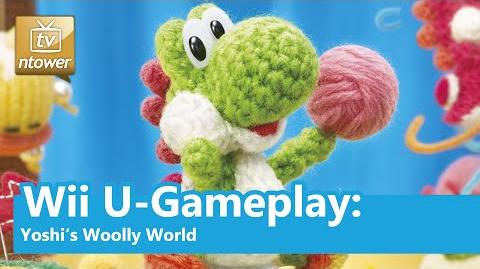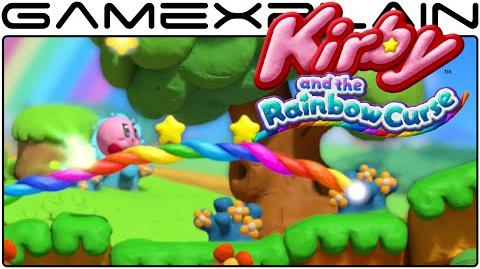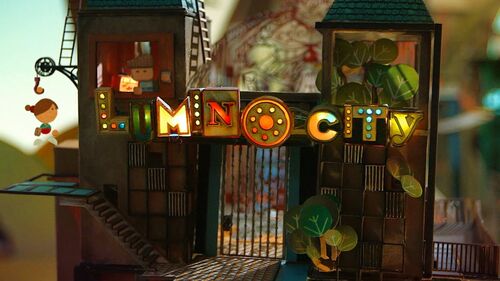A good video game takes an enjoyable core mechanic and develops it. One way to engross players is by using the art style to encourage the player to use the core mechanic. The player’s emotions can be heightened by this combination of art style and gameplay if it’s done well.
Examples[]
Yoshi’s Woolly World []

Wii U-Gameplay- Yoshi's Woolly World
Yoshi's Wooly World is an excellent example of seamlessly incorporating the core
mechanic into gameplay. Yoshi uses his tongue to unravel the wool in the game to discover new places. After eating the yarn, he makes a new yarn ball to throw at platform frames so that he can progress up on the newly "yarned" platforms. He can also eat enemies, make a new yarn ball and throw is at new enemies or objects while moving along. These are just two examples of how the art style enhances gameplay. Be prepared to have a perpetual grin when playing this game!
Kirby and the Rainbow Curse[]

Kirby and the Rainbow Curse - First Level, World 1-1 Gameplay (1080p 60fps Wii U)
Kirby and the Rainbow Curse uses a clay aesthetic that Into many of the mechanics in the game, from kirby going through doorways, or enemies spawning. these small additions enhance gameplay by making it feel like characters are really made from clay.
Lumino City[]
Lumino City is another example of tying art style into core mechanics. The game is made up of hand-made paper art assets and so the objects in the game have literally paper interaction. The main character has the corresponding paper art style. The animation of the character and the rest of the game scene is done to fit the paper style. It really does feel like the art style determines the game mechanics to a great extent.
